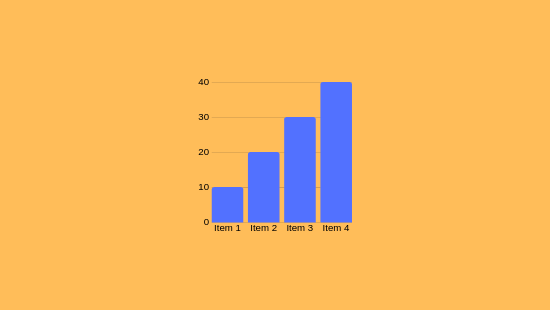Forex Indicators: How They Work
Forex Indicators: How They Work
Blog Article

As you delve into forex measurements, you'll understand they are computational techniques that scrutinize market numbers to forecast market movements. These indicators assist in identifying market patterns, validating signals, and detecting extreme market conditions situations. For instance, the Relative Strength Index (RSI) gauges momentum, while Bollinger indicators assess volatility. Refining your trading strategy by integrating these metrics is crucial, especially if you aim to manage risk effectively.
Grasping the Core of Forex Indicators
Forex measurement tools are computational devices integrated in charts to assist traders in analyzing market trends and making informed decisions. They provide perspectives into price changes and market possibilities by examining past and present market figures.
Forex tools are categorized into four primary groups: trend indicators (e.g., Moving Averages), momentum indicators (e.g., Relative Strength Index), volatility indicators (e.g., Bollinger Bands), and volume indicators.
These tools can indicate market turns, validate ongoing patterns, or highlight overbought/oversold climates. If you're looking to enhance your methodologies, grasping their roles is fundamental.
Types of Forex Indicators
When assessing market trends, investors usually employ a selection of measures to guide their trading choices.
Forex indicators can be grouped into different types, each serving specific purposes.
Trend Indicators like Moving Averages (MA) and Bollinger Bands aid in uncovering movement patterns and possible price surges.
Momentum Indicators, such as the Moving Average Convergence/Divergence (MACD) and Relative Strength Index (RSI), recognize shifts in price momentum and indicate excessive buying/selling.
Volatility Indicators like the Average True Range (ATR) quantify market variability, assisting investors in establishing protective measures.
If used strategically, these tools can enhance trade outcomes.
Key Indicators for Trading Decisions
To executive insightful investment choices, understanding and applying key indicators that evaluate market states is essential.
Price Movements (MA) track mean trade values over specific periods, revealing trends by evening out variations.
The Relative Strength Index gauges market force on a 0–100 scale, flagging overbought conditions above 70 and highlighting excessive sell below 30.
Moving Average Convergence Divergence analyzes two exponential moving averages to validate directional trends, with graphical representations displaying positive or negative trajectories.
Bollinger Bands utilize variability measures around a moving average to determine volatility and potential reversals.
Fibonacci Retracement levels denote price thresholds based on prior price movements.
Combining these measures enhances precision by verifying signals if aligned, enabling exact timing for check here currency matchups.
Employing Indicators in Risk Oversight
As you refine your trading strategy, effectively applying indicators for risk management is crucial. Indicators like Moving Averages and Bollinger Bands notice volatility and spot viable trade junctures for risk minimization.
These instruments allow for exact stop-loss orders and limit orders, critical for limiting possible losses.
For example, using trade protections caps losses to a certain limit, such as 2% of your trading portfolio per trade. This measured strategy helps in managing trading risks by limiting exposure to fluctuations and leverage, which are significant challenges in currency trading.
Integrating Indicators for Improved Precision
Merging measurement tools is a accomplished tactic for elevating accuracy in forex trading. This method allows for the use of diverse instruments to examine several facets of market behavior, such as trends, momentum, and variability.
By utilizing indicators like Price Averages, RSI, and MACD, you can formulate formidable trading strategies. Instance given, pairing Moving Averages with RSI and Volume validates trend direction and momentum, while Bollinger Bands with Stochastic discovers volatile scenarios and possible reversals.
If indicators from separate categories work together, duplications are reduced, and investment prompts are uplifted.
Conclusion
You now grasp how forex indicators function, covering their diversities like trend, momentum, and volatility tools. These elements aid in uncovering pivots and validating ongoing trends. By integrating indicators, investment accuracy is enhanced, and risk oversight is better managed. For instance, using the Relative Strength Index (RSI) to highlight buying peaks and Bollinger Bands to evaluate volatility can refine your trade choices. Report this page